With a focus on the recent past, the exhibition provides an overview of Attila Szűcs’s achievements as a painter. His latest pieces are at the center of the display, their thematic and technical characteristics serving as a basis for the presentation of the complete oeuvre. Gradually moving back in time, the exhibition opens with more recent creations and concludes with the painter’s earliest artworks. The “ghosts” of the past, that is, the phantoms of history and the reminiscences of art history have always played a determining role in Szűcs’s art, a post-conceptual and post-medial painting still haunted by one of the basic problems of Conceptual Art and Modernism: the inextricable interconnectedness of tangible reality and its various representations. Szűcs’s body of work evokes the philosophical questions of Conceptual Art pertaining to the role of art in society, and it comments on the visual culture of Modernist painting (Abstract Expressionism, geometric abstraction) dedicated to aesthetic autonomy. With each of his works, Szűcs attempts to give aesthetically and politically thought-provoking answers to diverse groups of intellectual and material problems, which guide the eye from cultural remembrance, personal memories, as well as the media-influenced visual documents thereof all the way to the material aspects of colors and lights.
In a number of his works Szűcs features well-known historical figures like Nikola Tesla, Miklós Horthy, Buster Keaton, Adolf Hitler, and János Kádár, at the same time seeking to reinterpret these personalities with the tools of painting. The famous and lesser-known people in his pictures are usually hard to grasp and mysterious, that is, ghostly, even in the Freudian sense (unheimlich) because most of them are captured in unbounded and desolate spaces, loitering in an unusual way. Szűcs enhances the ambivalence in the characteristic blurriness of the figures and the space with “tricks” relating to both technique and composition, which are based on the physiognomy of human vision (blind spot, stereopsis). Manifested in experiments of form, his themes often bring to mind powerful historical allusions, which in turn can also invoke the specters of Marx and Derrida, and the phantom-like, volatile notions and figures of communism and capitalism, all of which continue to have a considerable influence on the cultural life of post-socialist Hungary and the whole of Europe, as well as their relation to the past.
Curator: Sándor Hornyik (Institute of Art History of HAS)
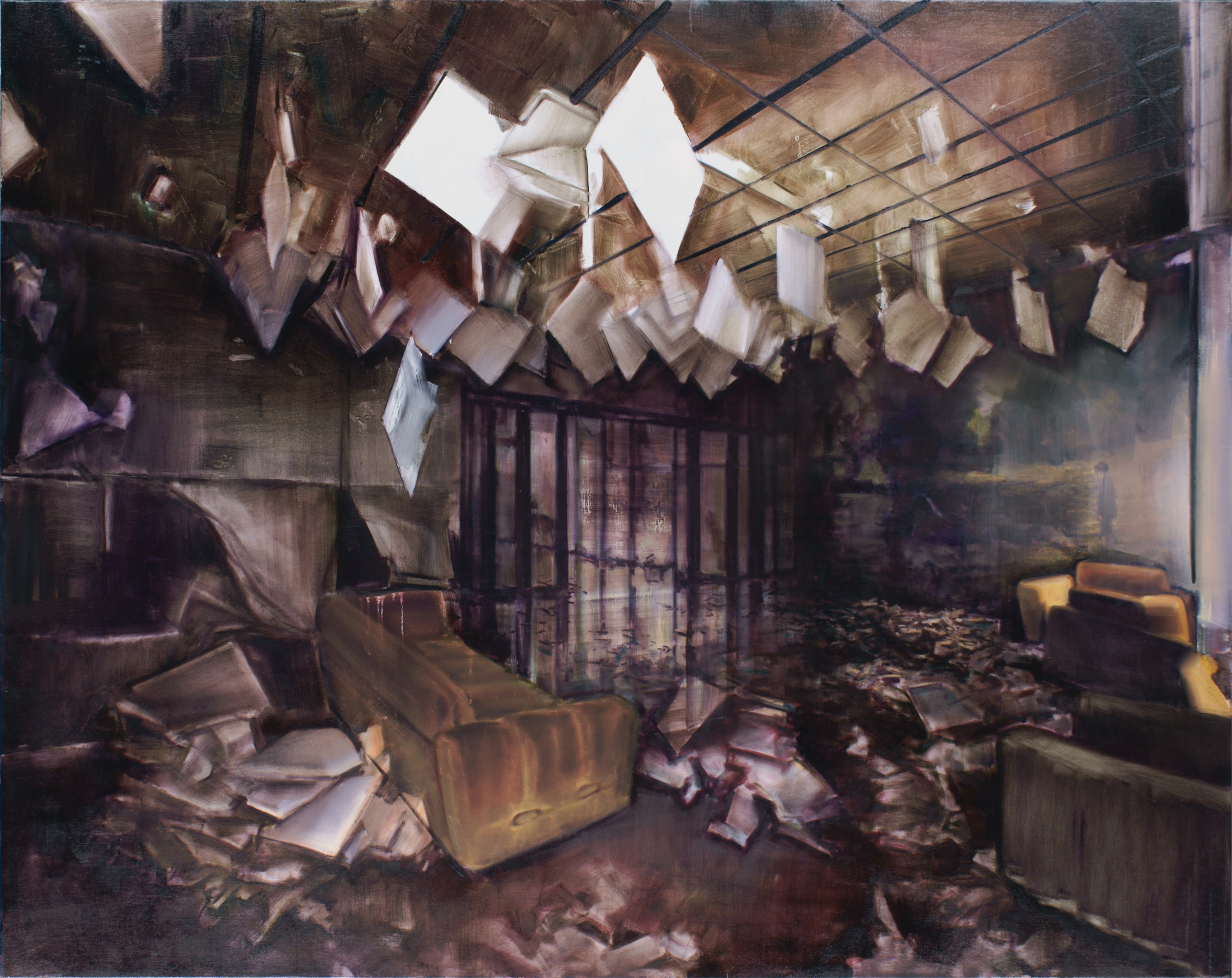
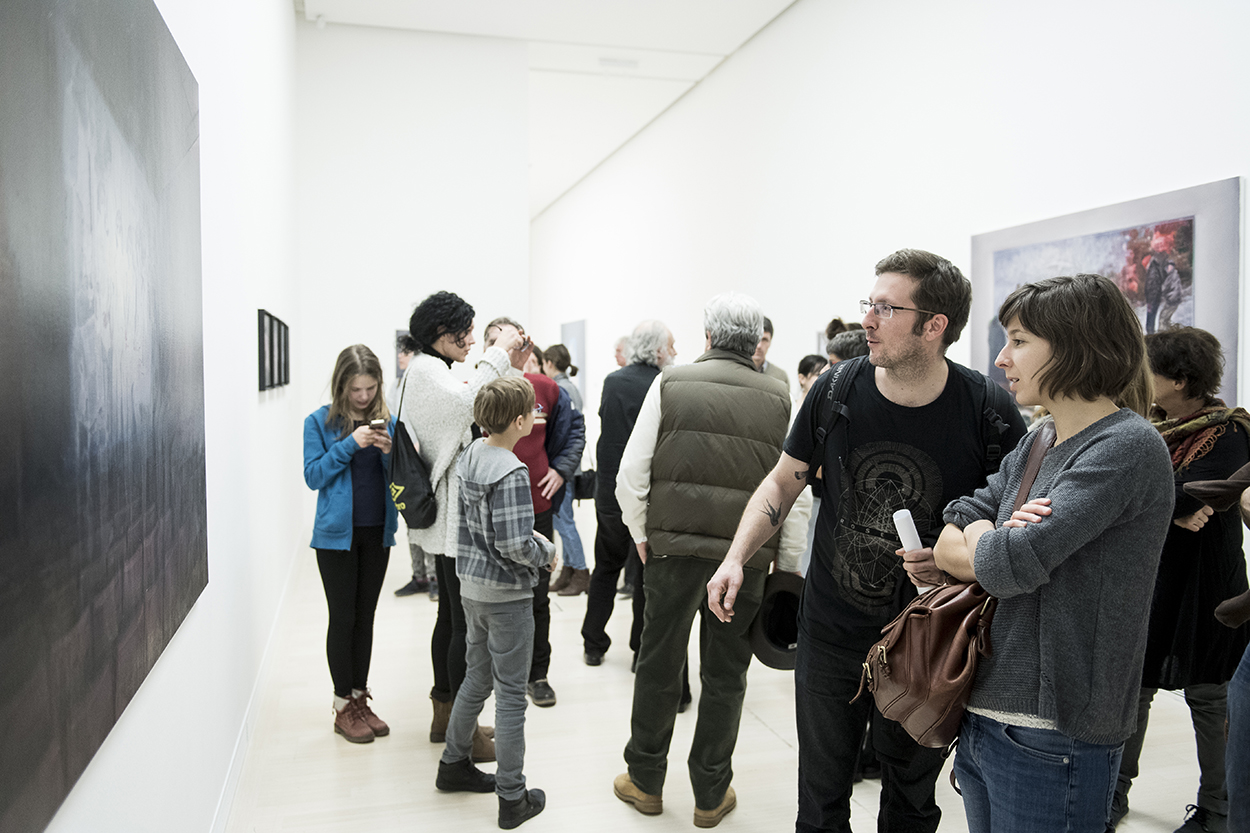
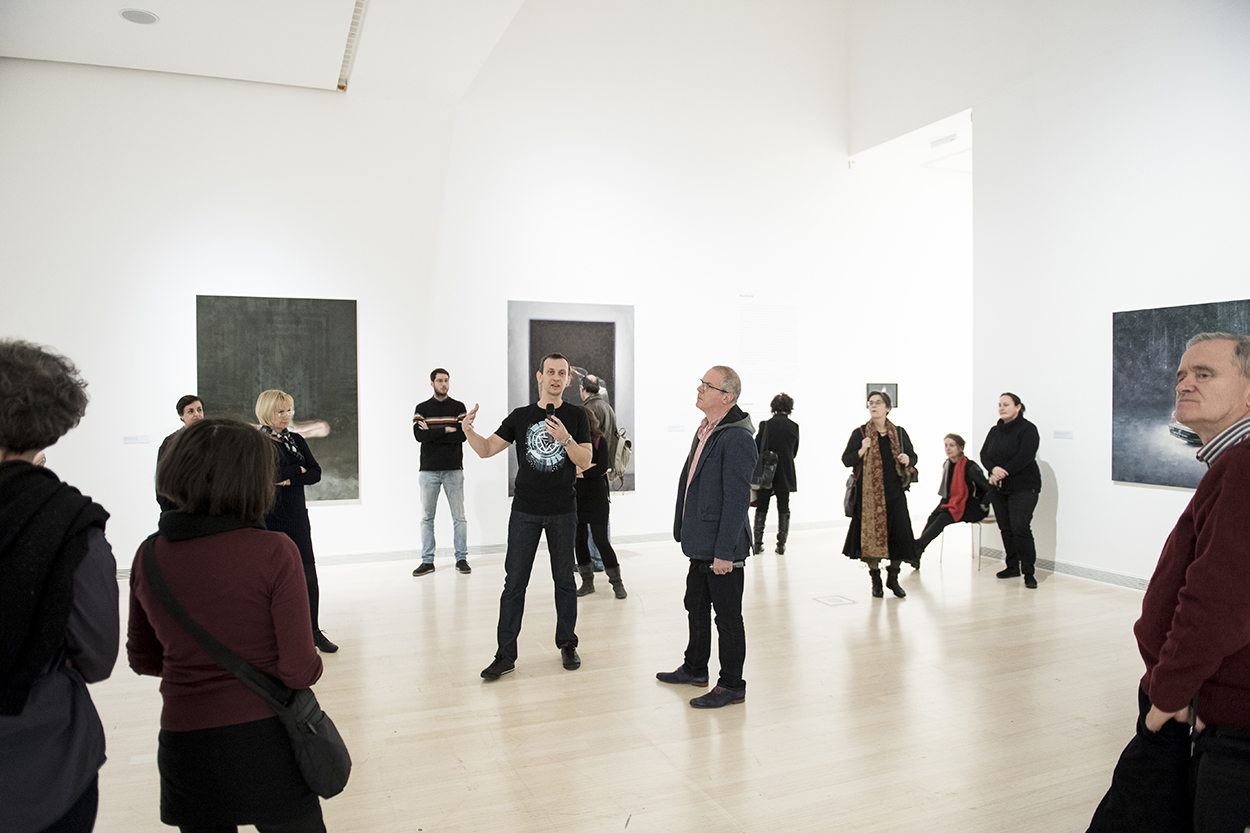
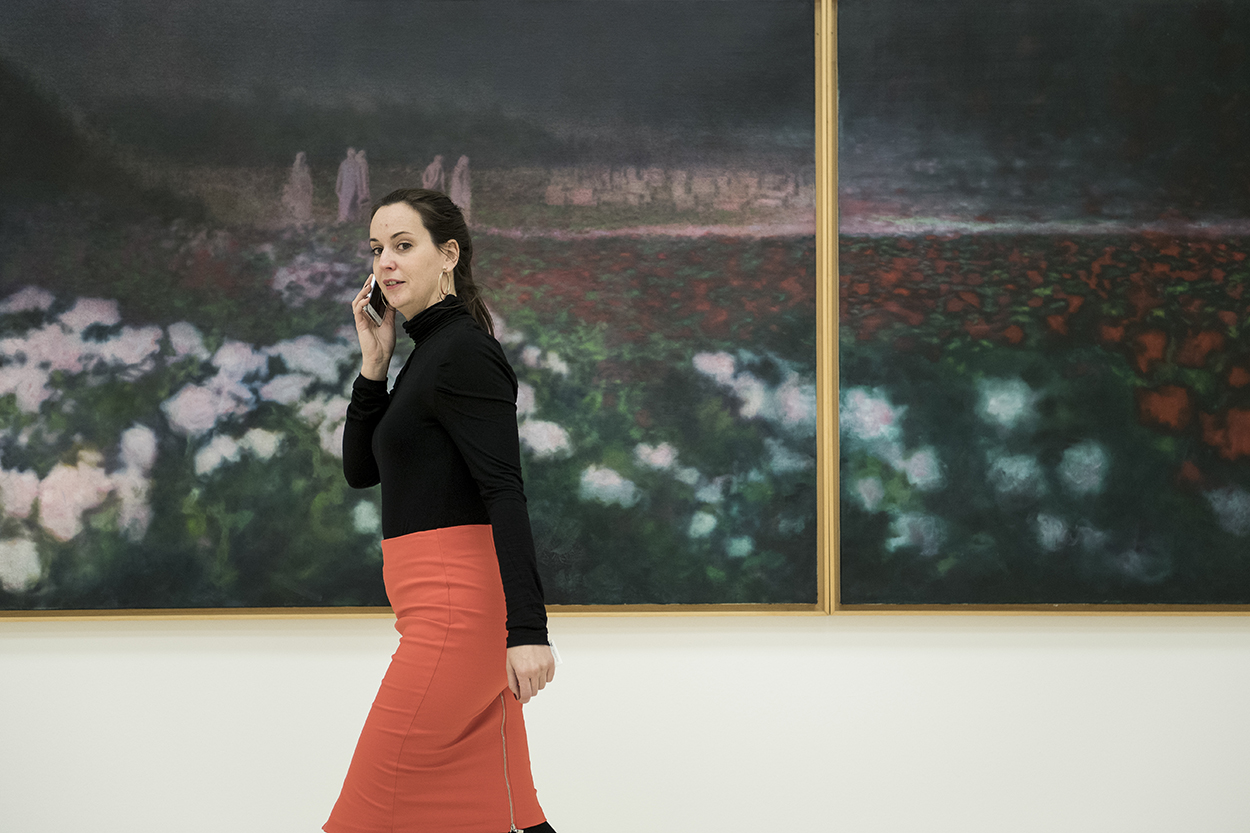
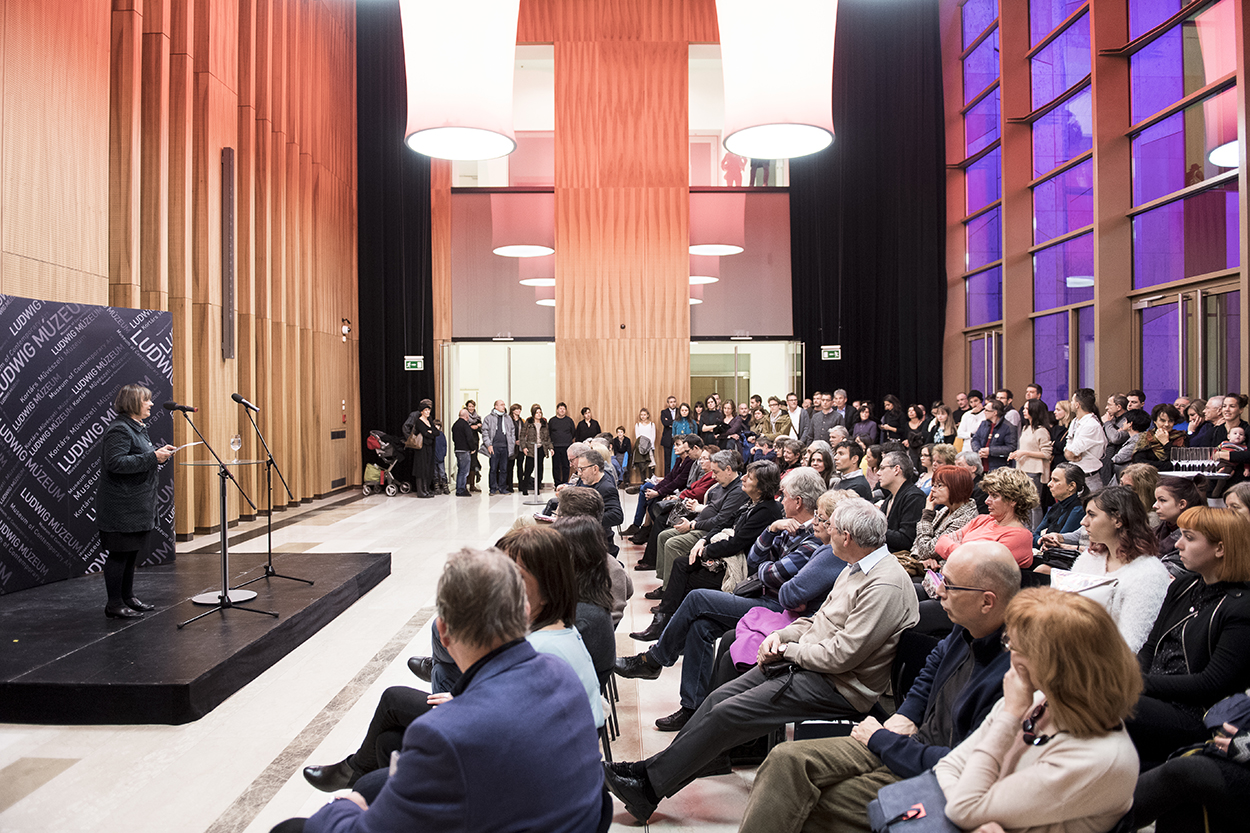
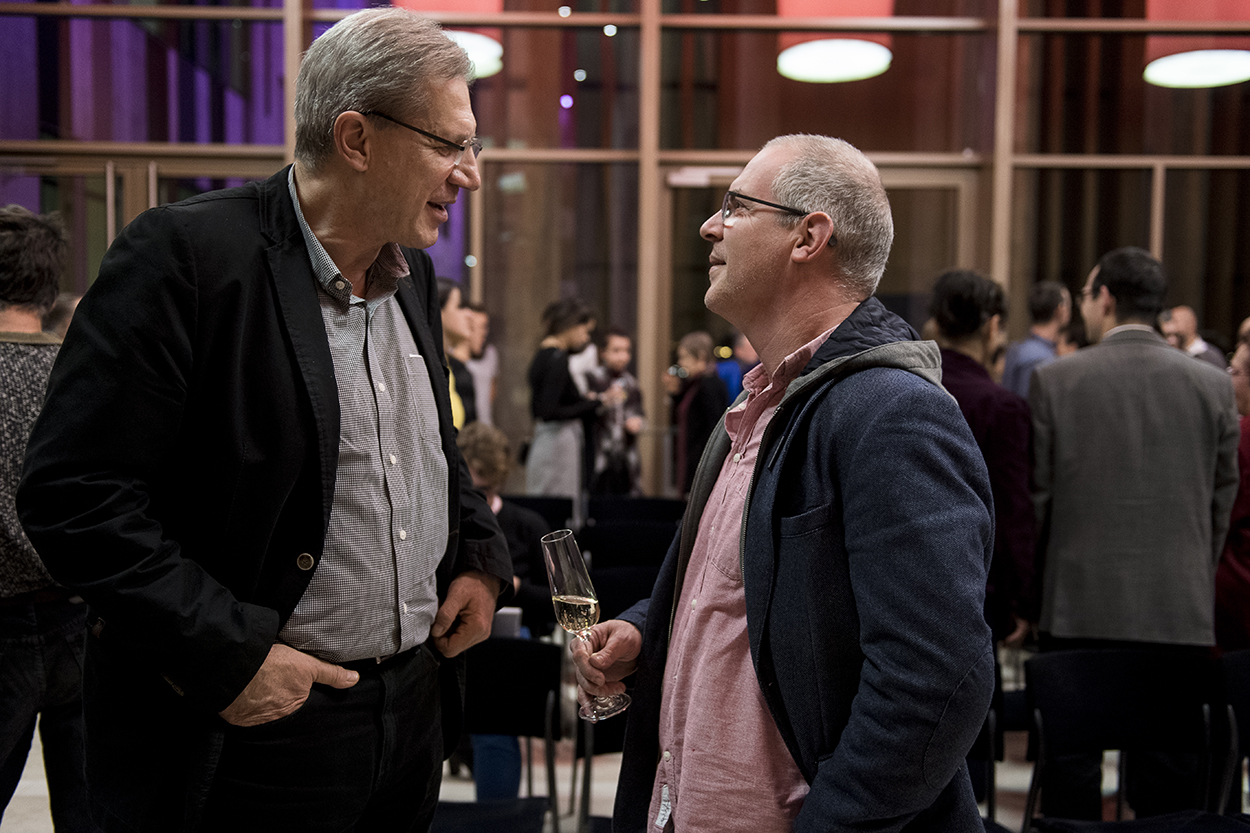
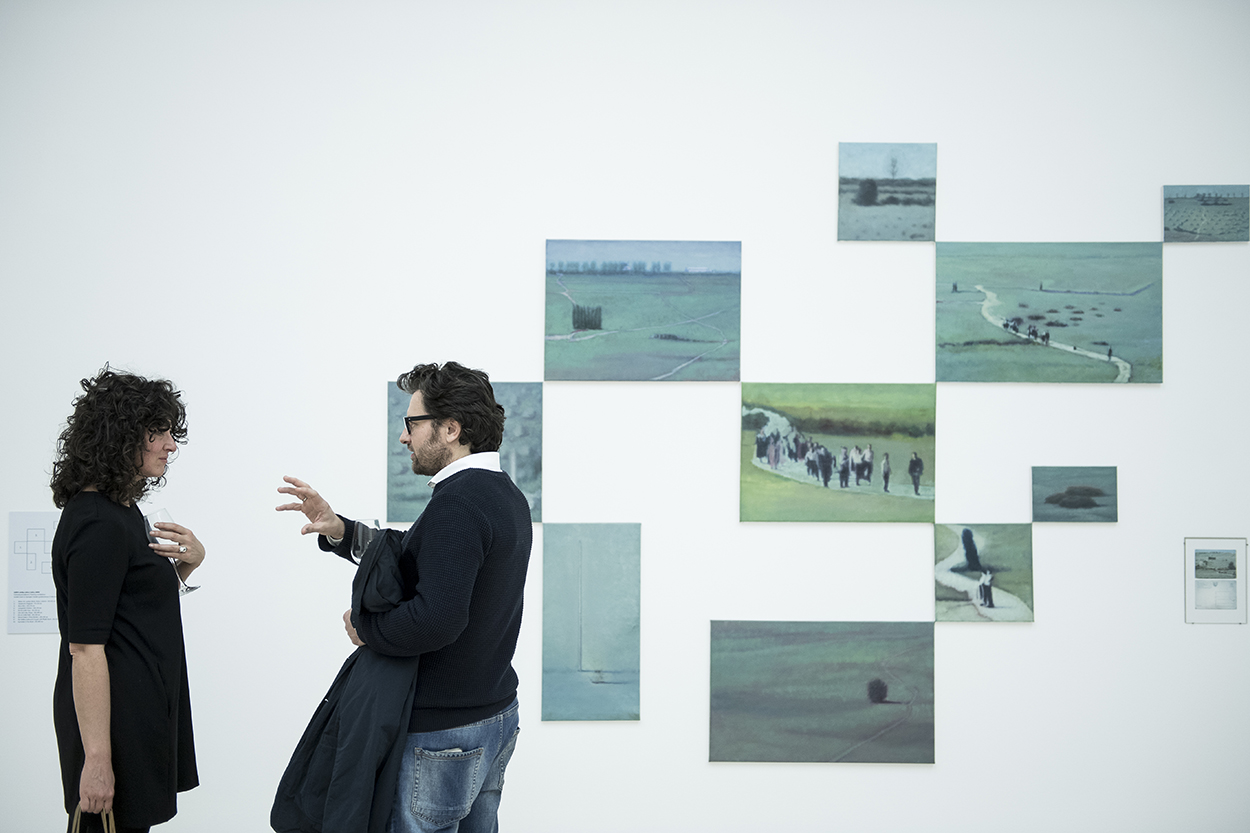
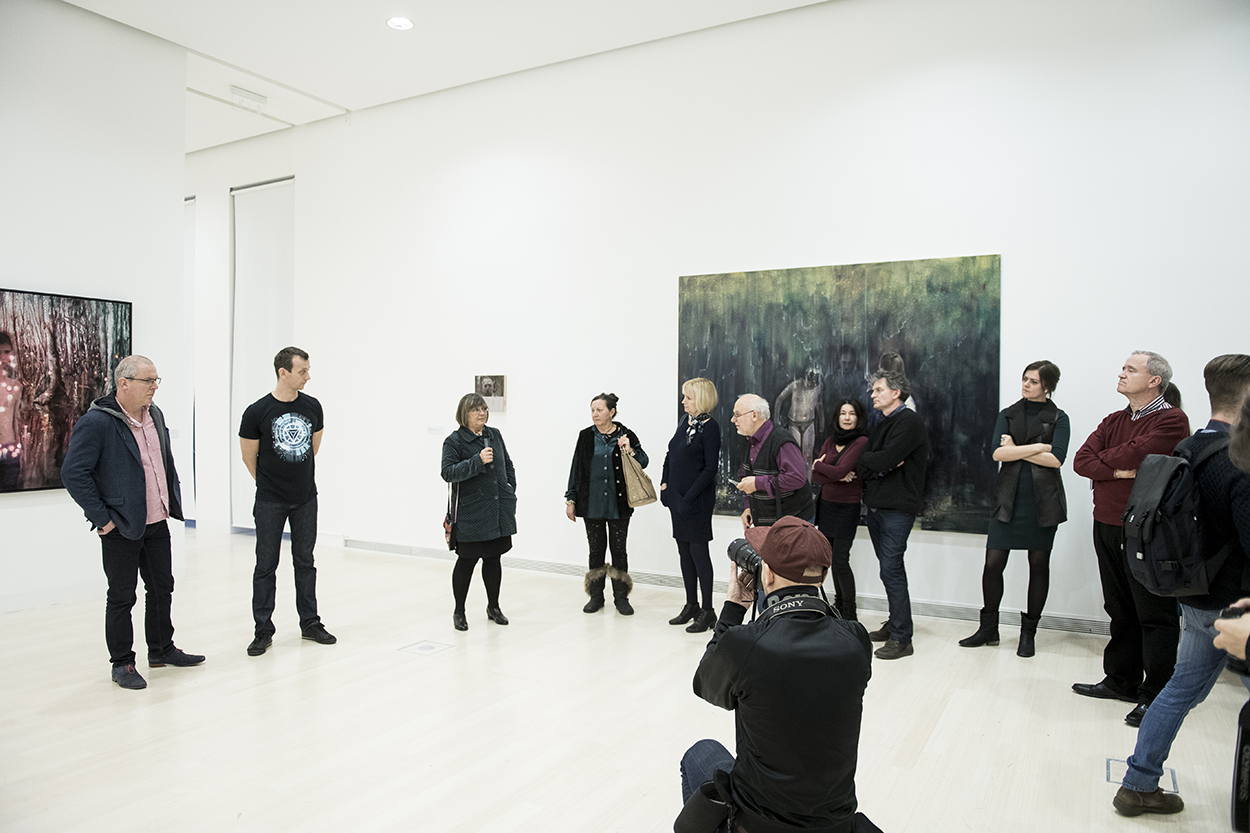
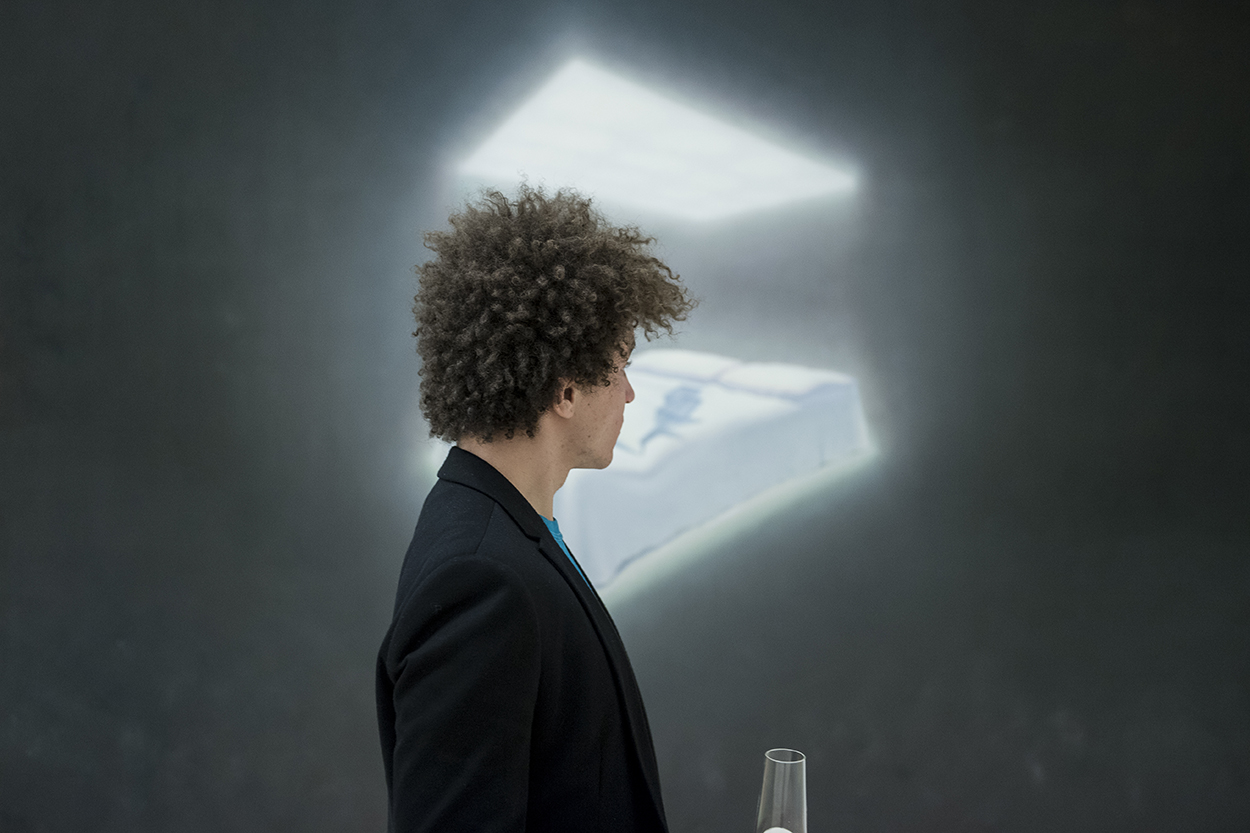
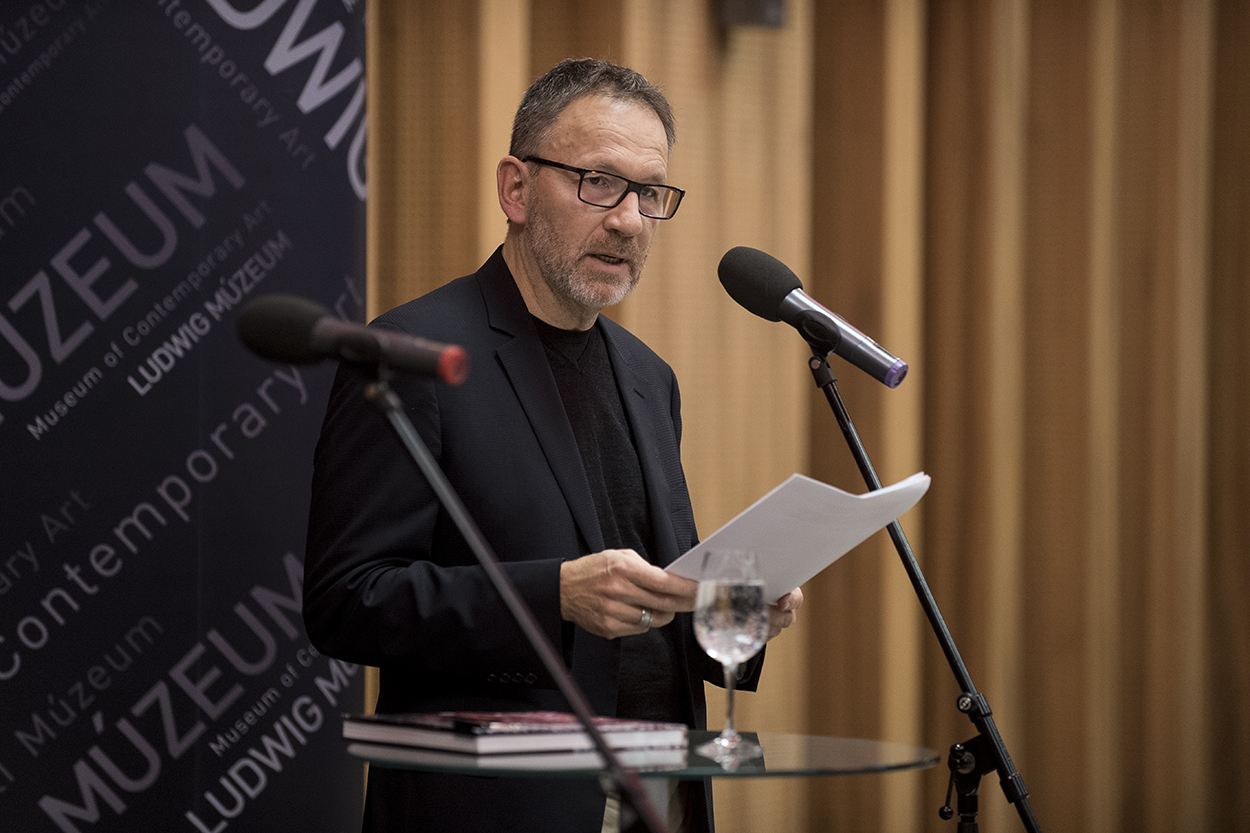

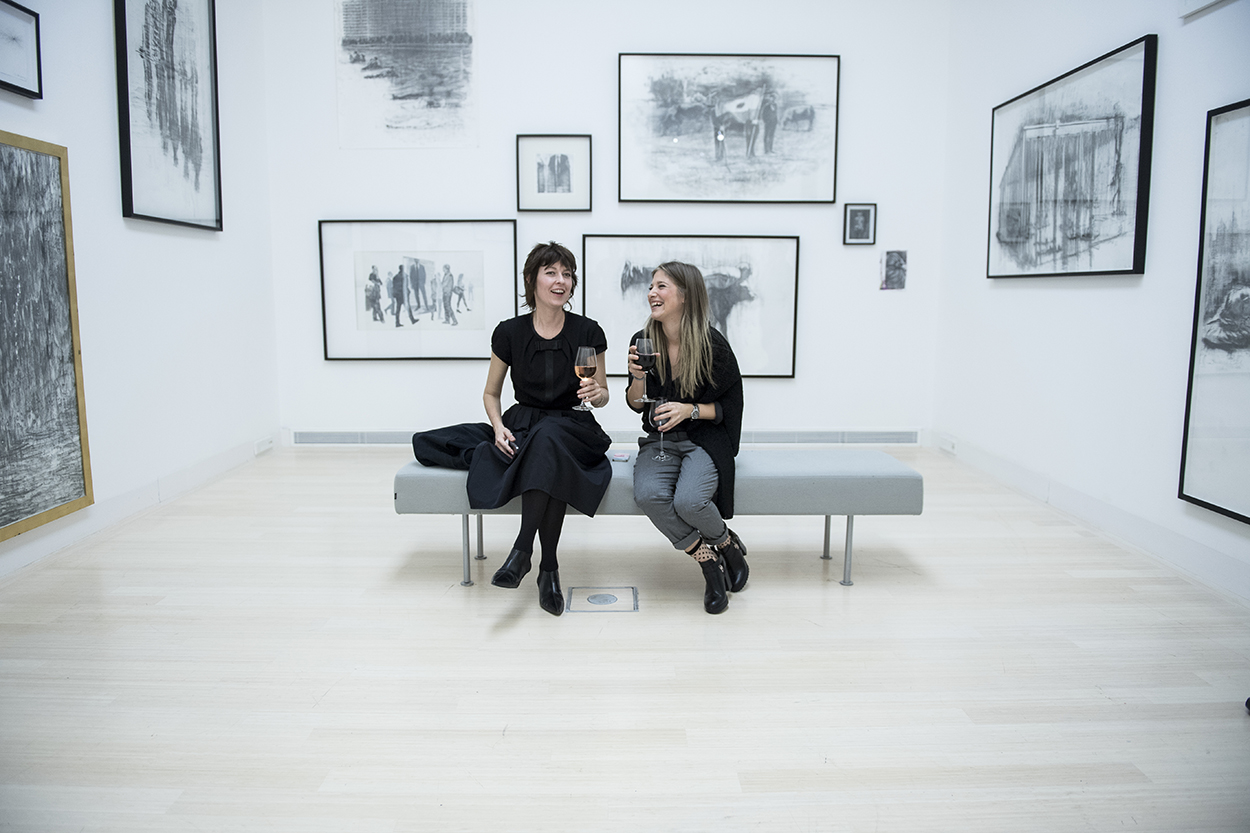




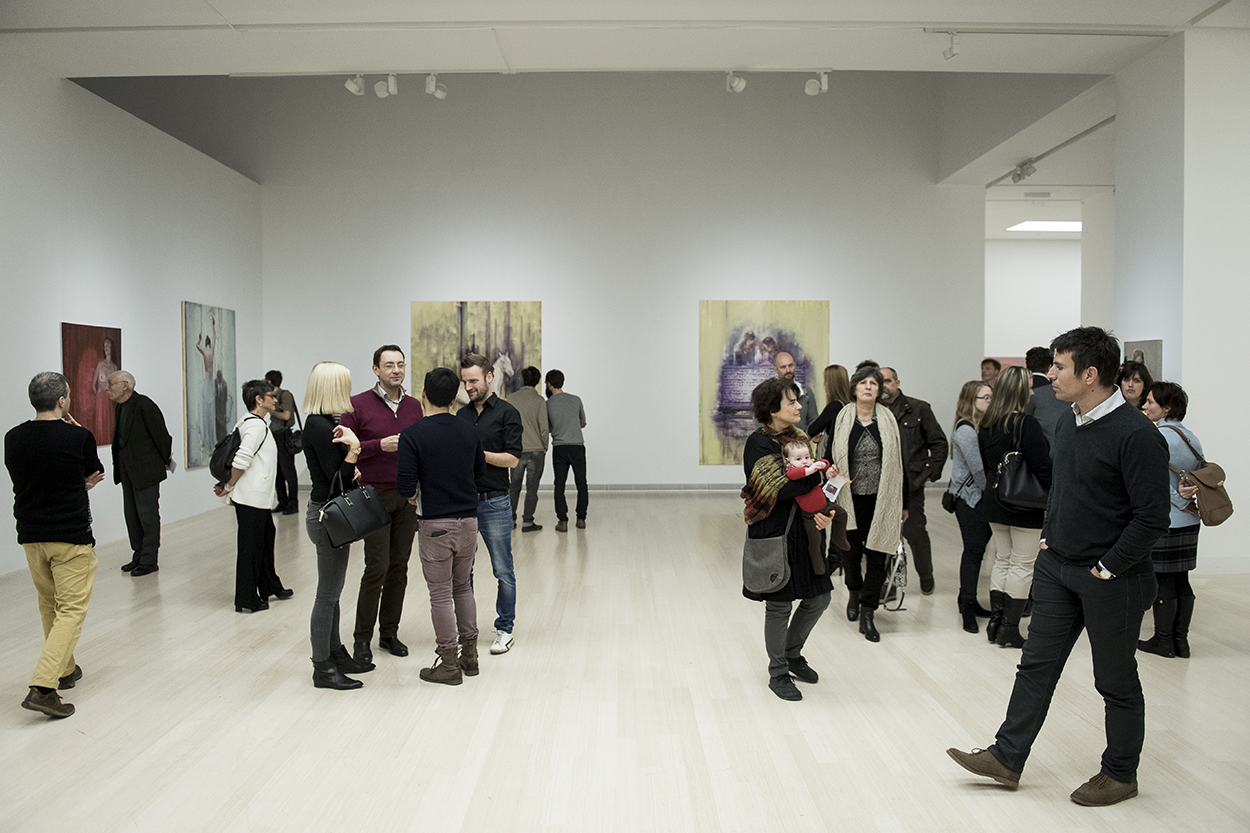
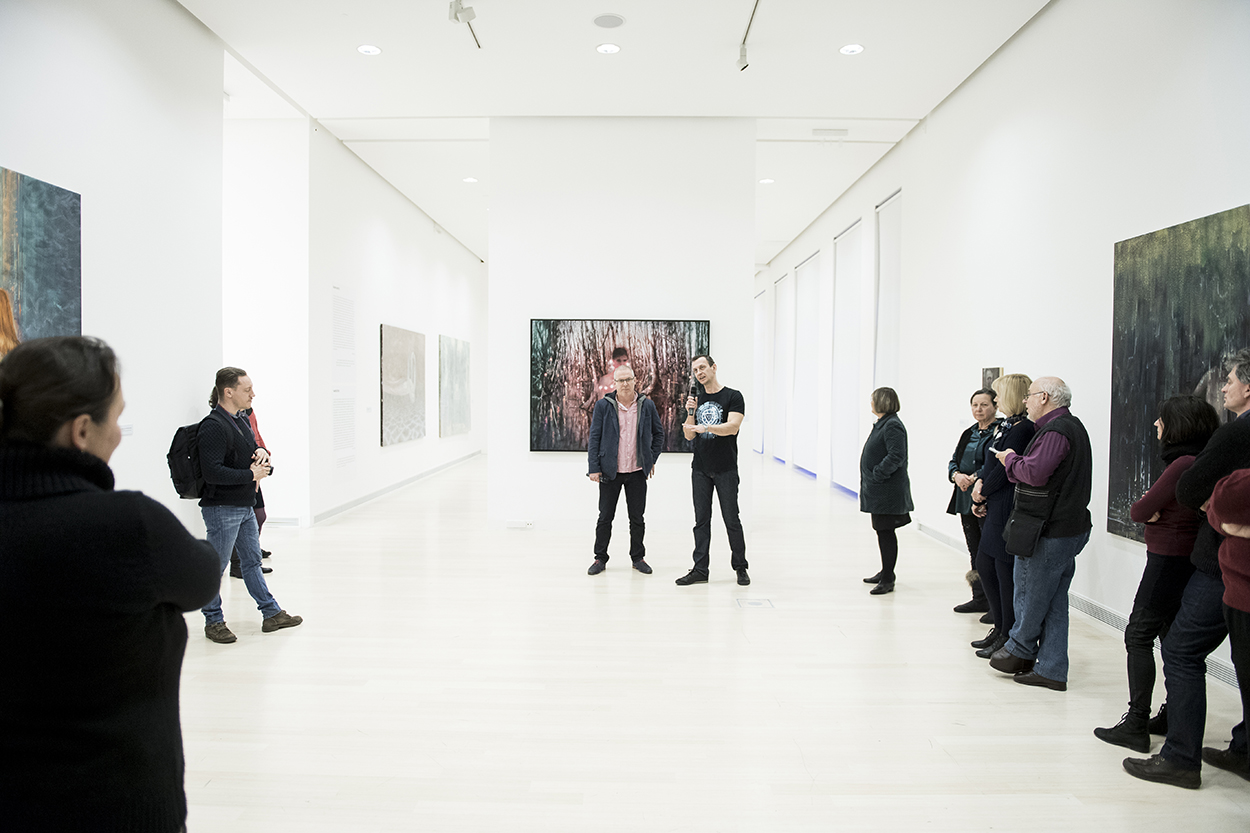
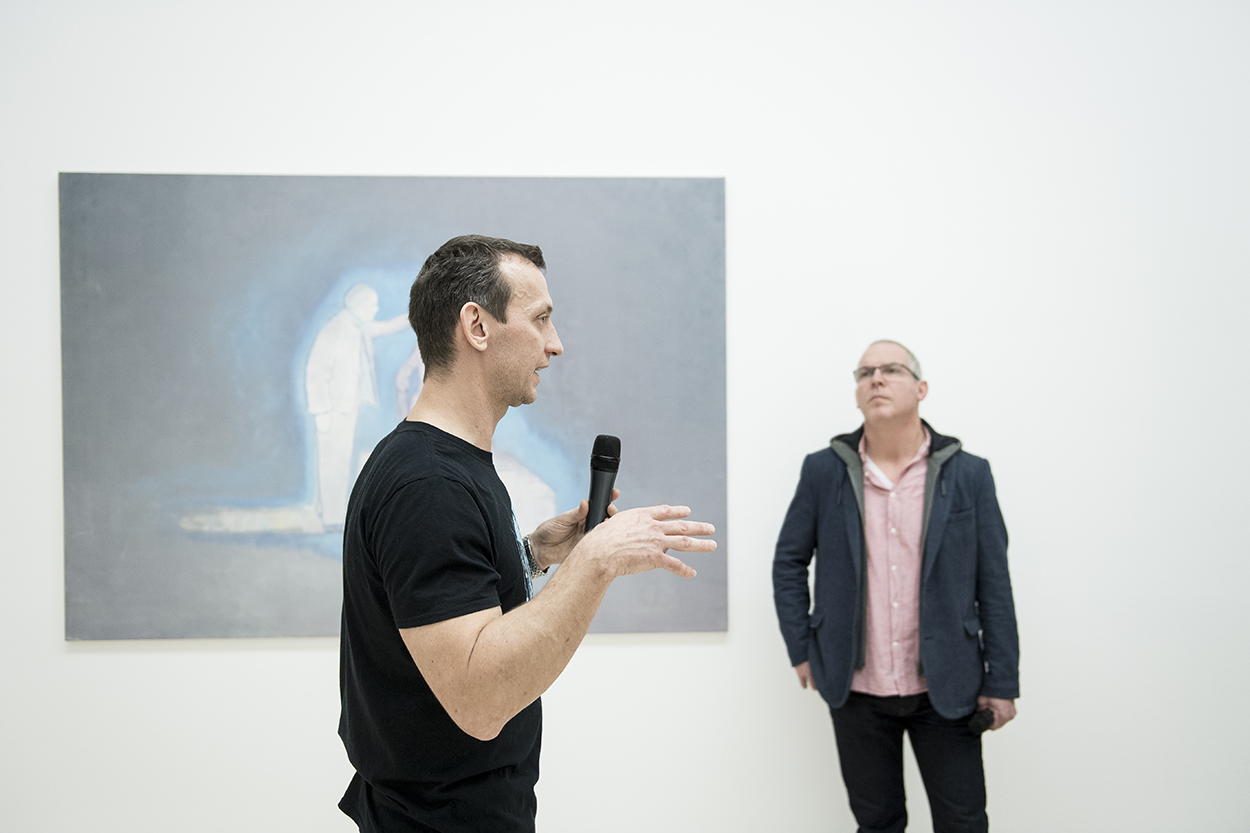

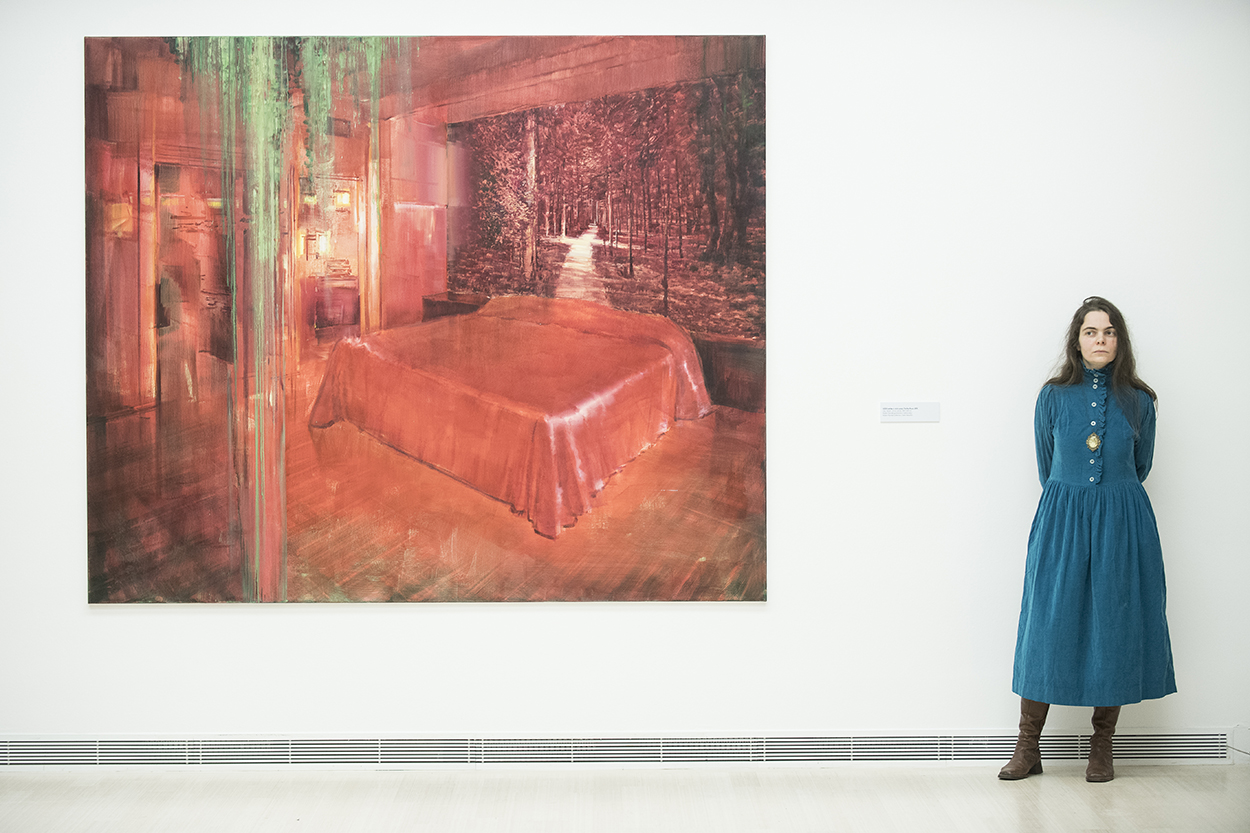
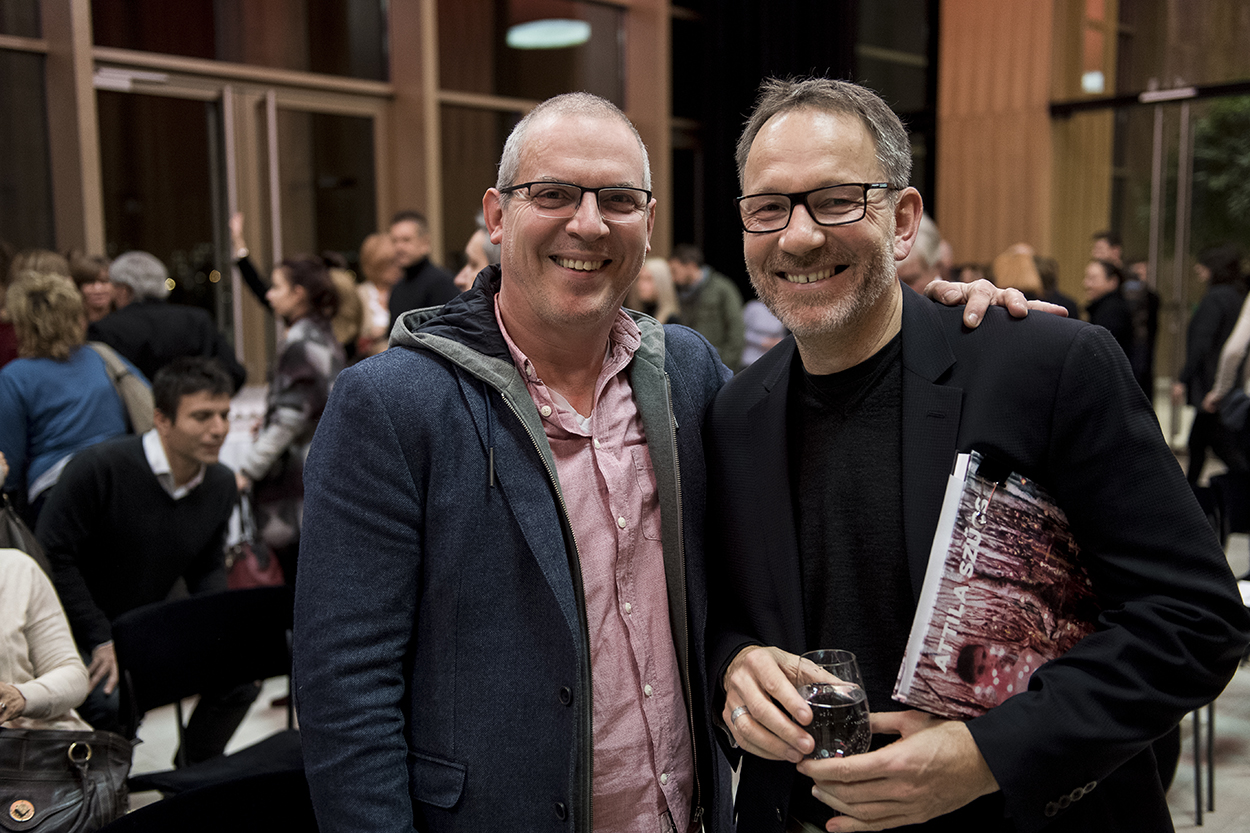
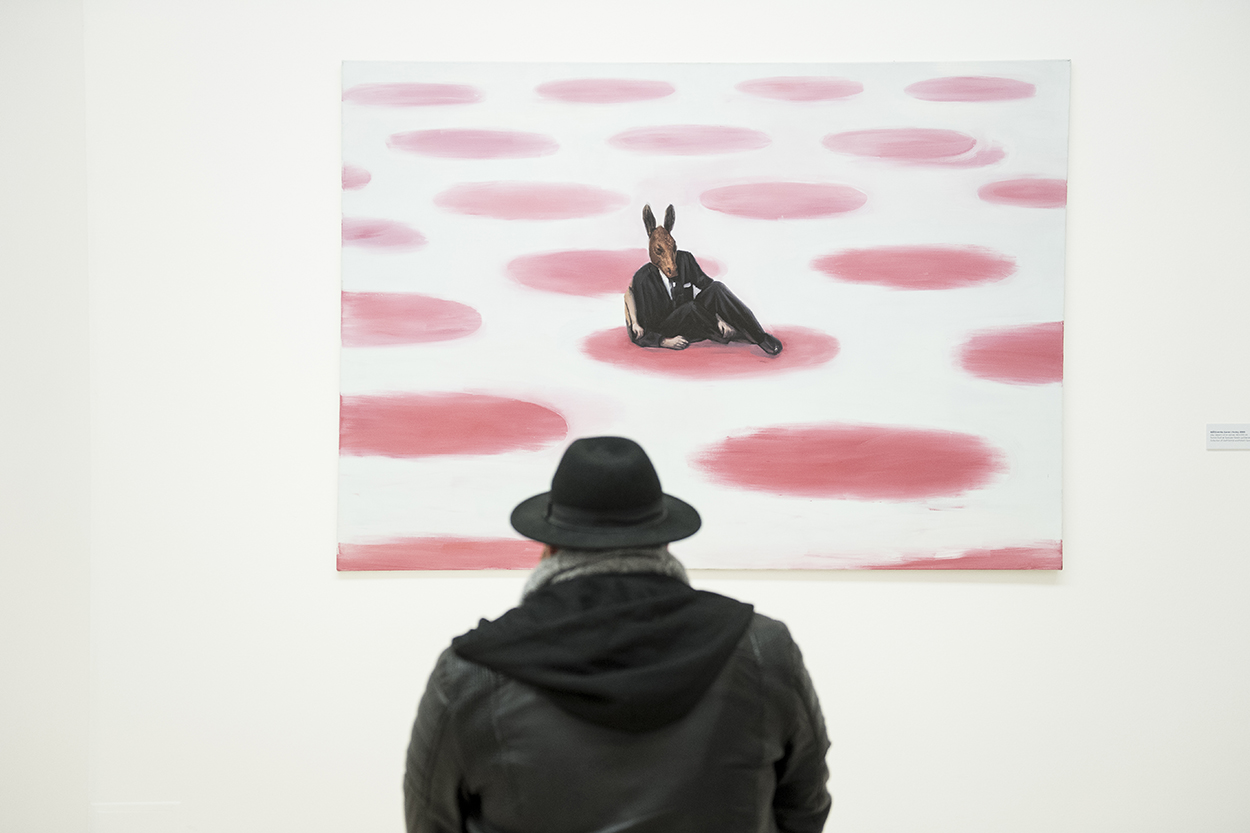
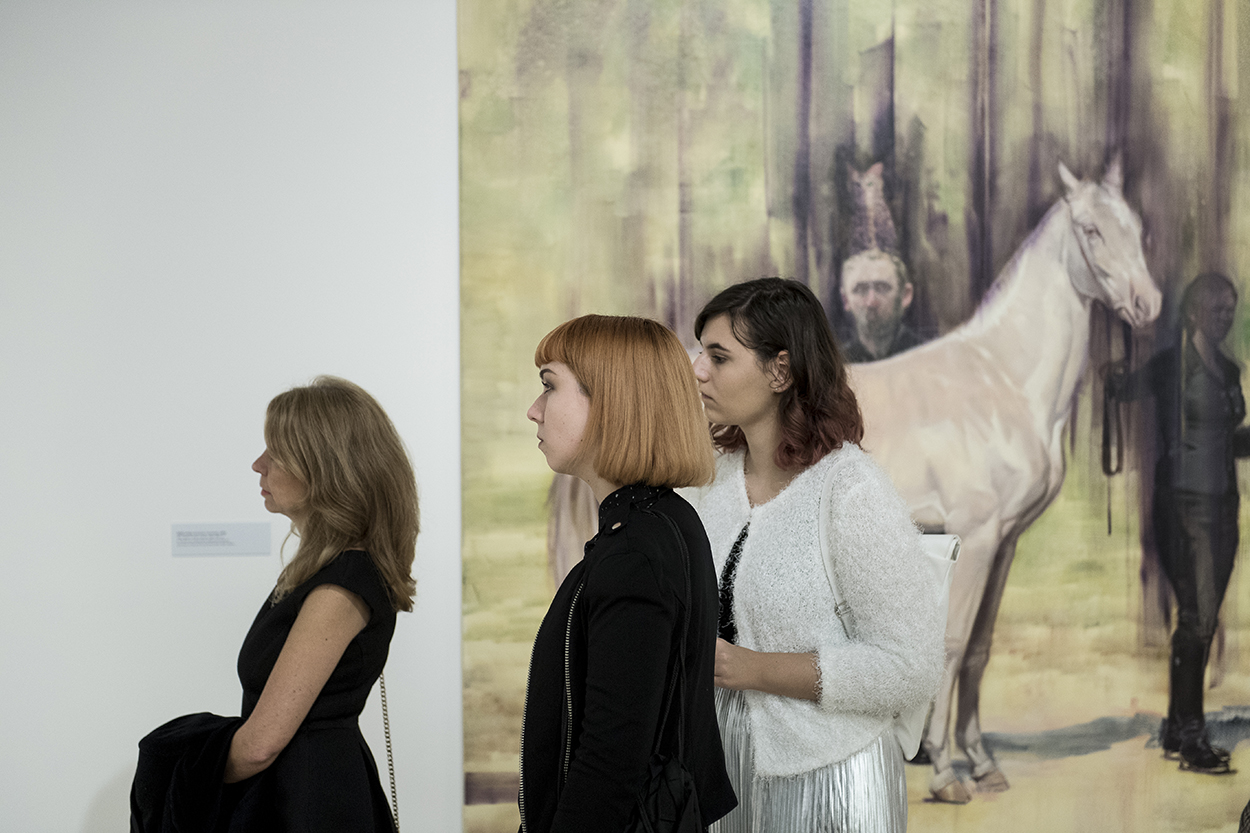

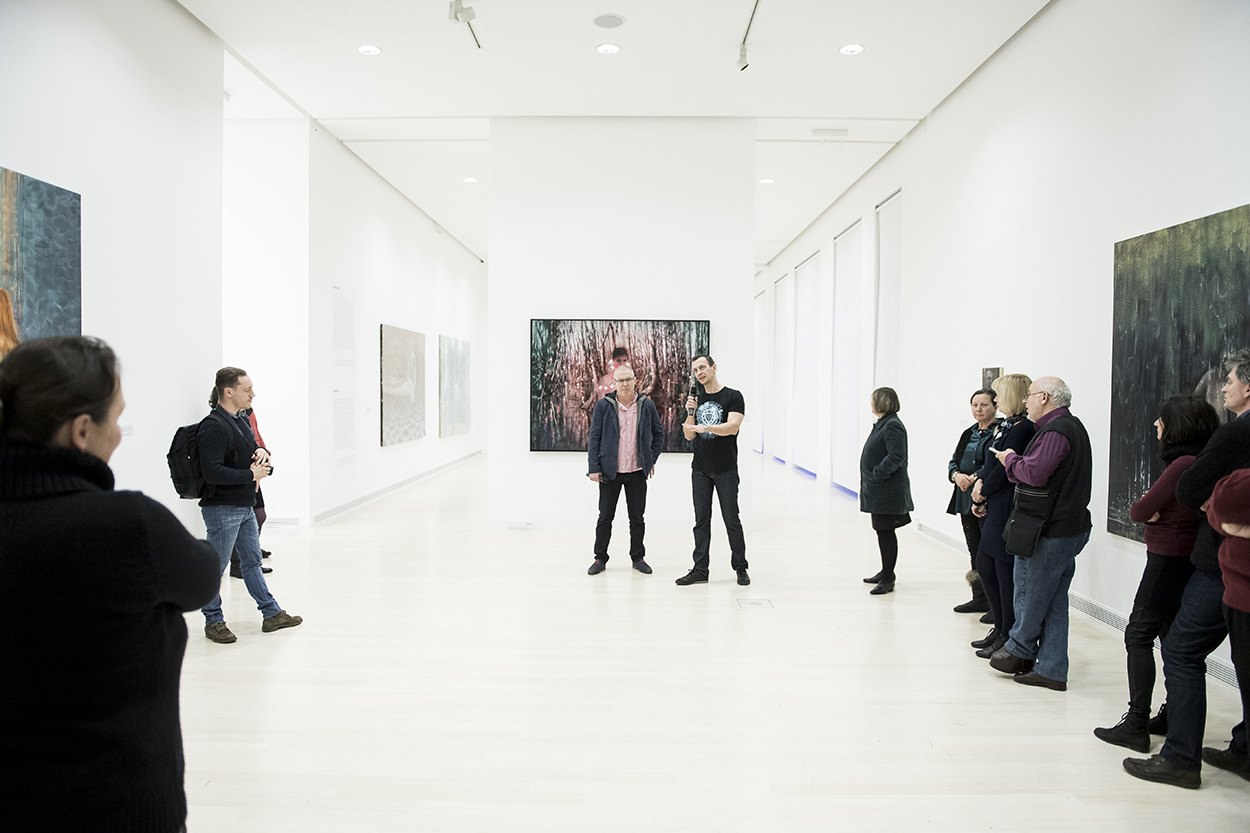
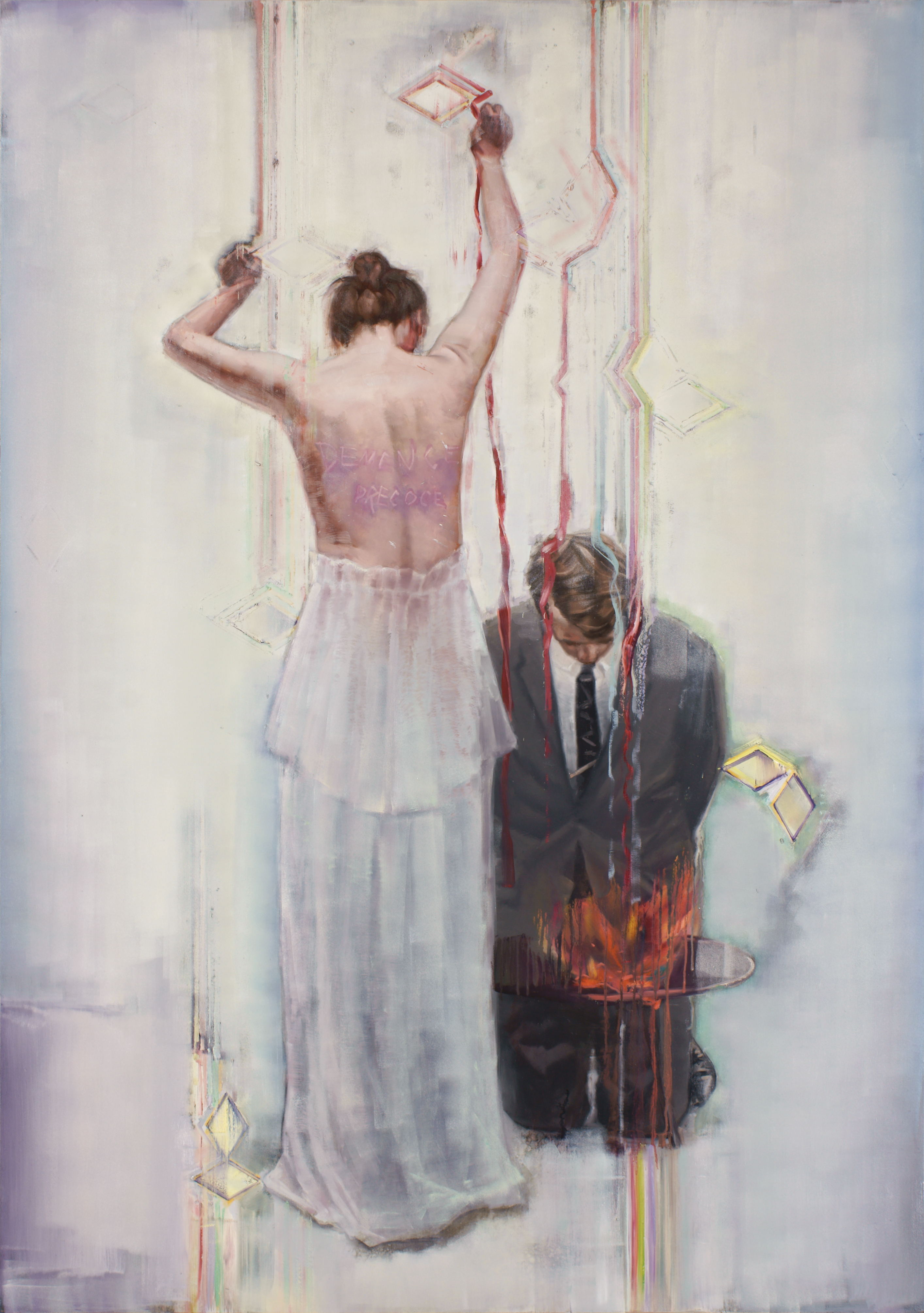
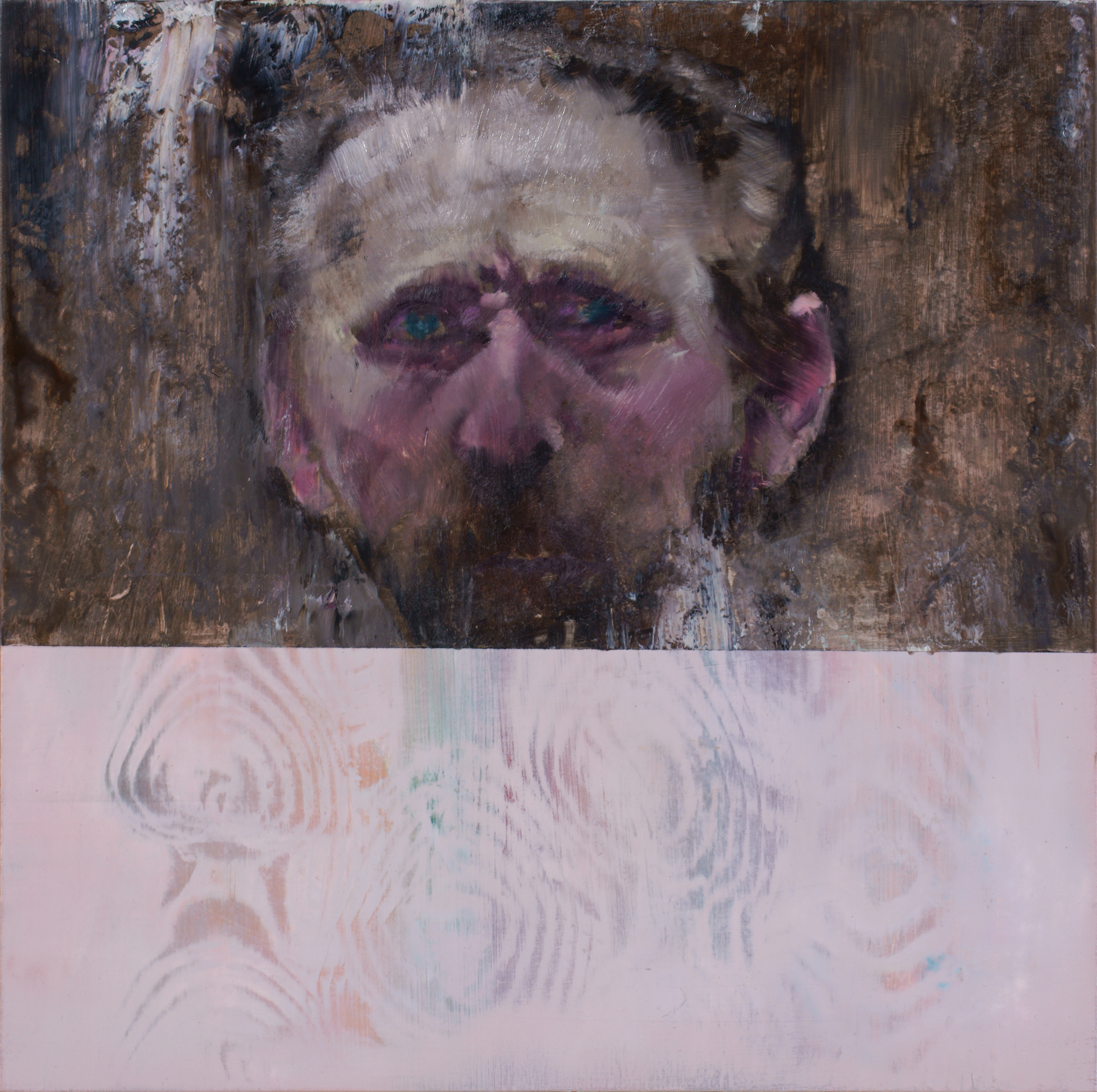
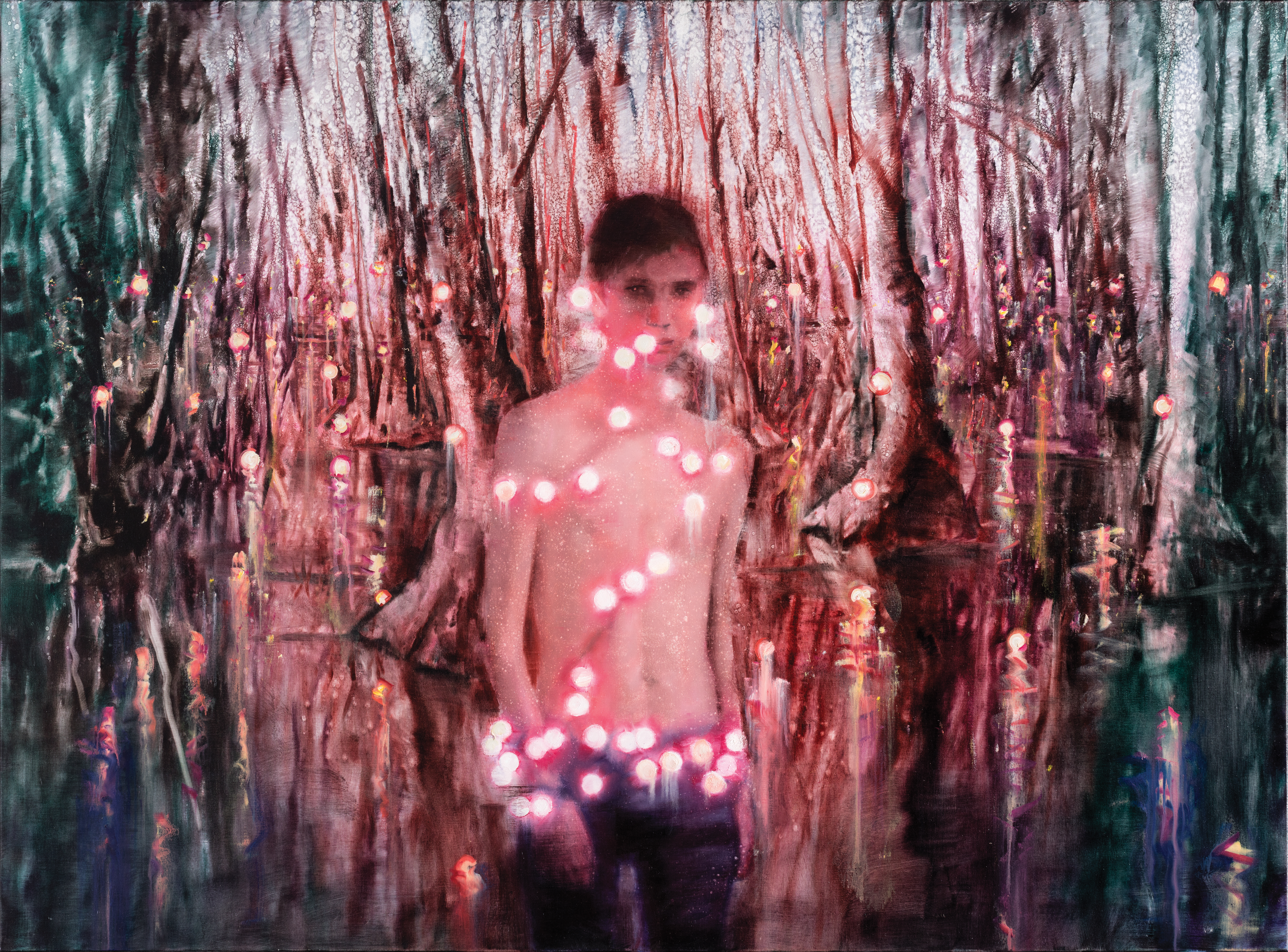
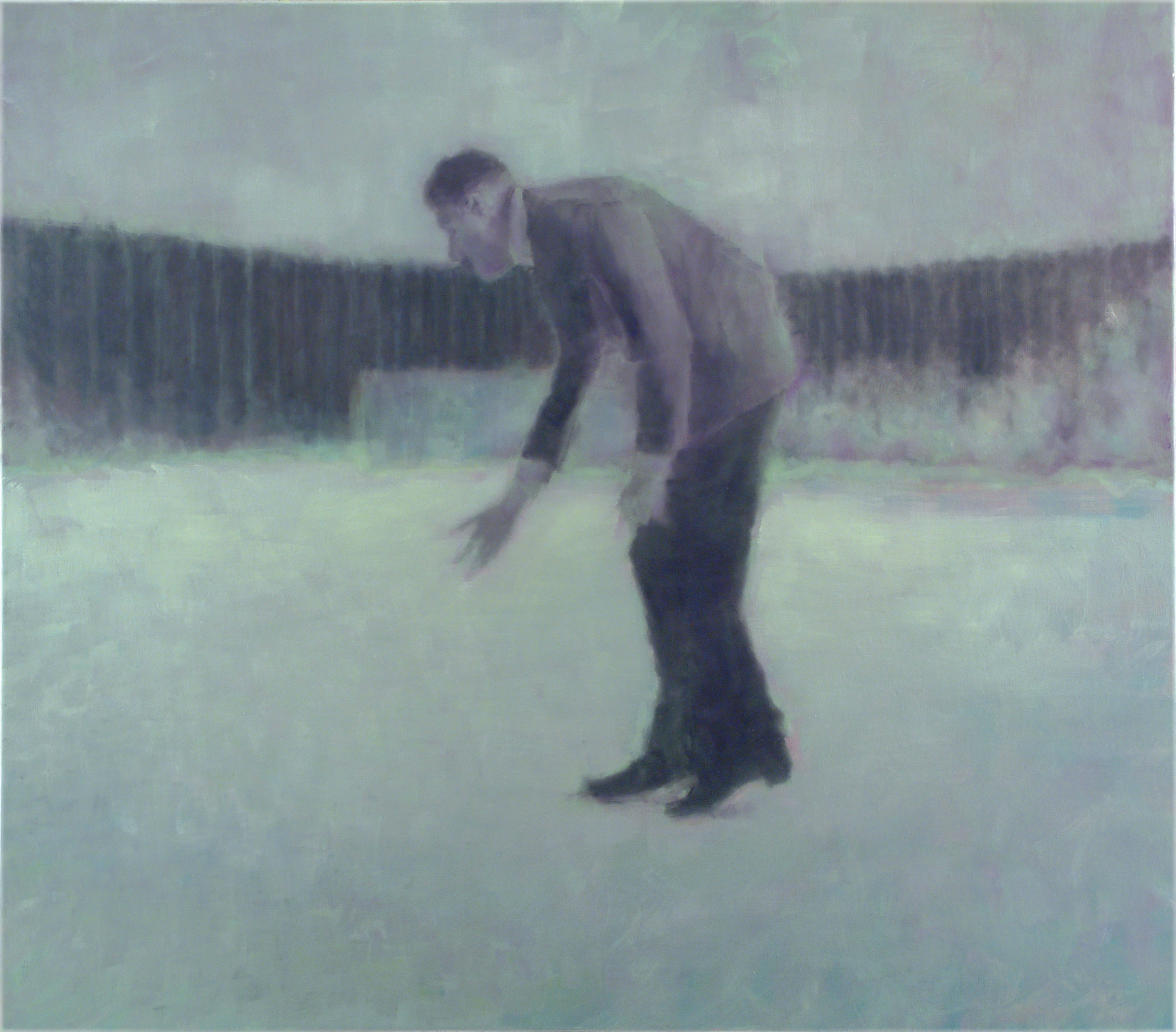































Related contents
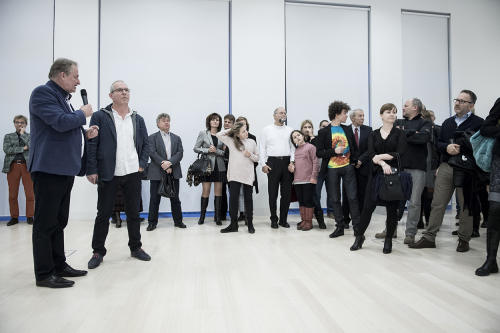
Guided tour in the exhibition titled Specters and Experiments – The Painting of Attila Szűcs 19. February, 2017, 00:00–00:00
Guided tour in Hungarian in the temporary exhibition titled Specters and Experiments – The Painting of Attila Szűcs.
Admission with a valid exhibition ticket. No extra charge applies.
Please, register in advance by entering your e-mail address in the box below!
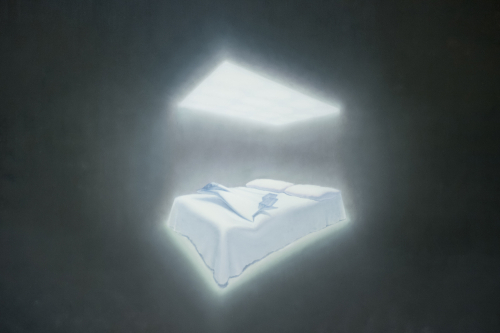
Integrated Family Matinée 18. February, 2017, 00:00–00:00
Museum education programme (in Hungarian) on Saturdays, for the whole family.
Family Matinée in February 2017 is related to the temporary exhibition titled Specters and Experiments - The Painting of Attila Szűcs.
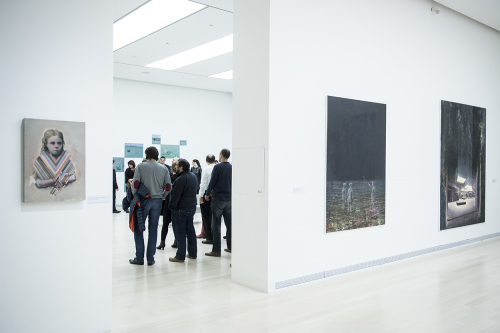
Guided tour in the exhibition titled Specters and Experiments – The Painting of Attila Szűcs 12. February, 2017, 00:00–00:00
Guided tour in Hungarian in the temporary exhibition titled Specters and Experiments – The Painting of Attila Szűcs.
Admission with a valid exhibition ticket. No extra charge applies.
Please, register in advance by entering your e-mail address in the box below!

Family Matinée 11. February, 2017, 00:00–00:00
Museum education programme (in Hungarian) on Saturdays, for the whole family.
Family Matinée in February 2017 is related to the temporary exhibition titled Specters and Experiments - The Painting of Attila Szűcs.
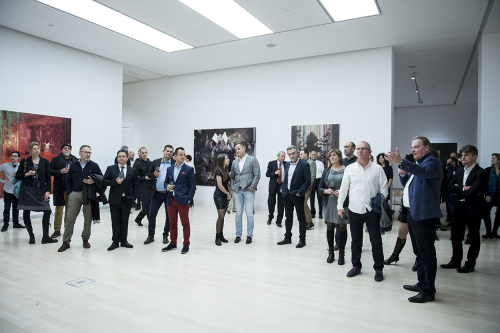
Guided tour in the exhibition titled Specters and Experiments – The Painting of Attila Szűcs 5. February, 2017, 00:00–00:00
Guided tour in Hungarian in the temporary exhibition titled Specters and Experiments – The Painting of Attila Szűcs.
Admission with a valid exhibition ticket. No extra charge applies.
Please, register in advance by entering your e-mail address in the box below!

Integrated Family Matinée 4. February, 2017, 00:00–00:00
Museum education programme (in Hungarian) on Saturdays, for the whole family.
Family Matinée in February 2017 is related to the temporary exhibition titled Specters and Experiments - The Painting of Attila Szűcs.
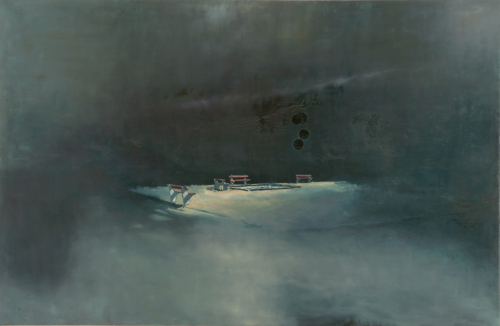
Is there anything left to be painted? 3. February, 2017, 00:00–00:00
One-day conference on the art of painting at the age of convergence and globalisation.
Conference talk are given in Hungarian.
A programme jointly organised with the Institute of Art History of the Hungarian Academy of Sciences.

Art & Wine Lover's Club - Etyeki Kúria 31. January, 2017, 00:00–00:00
The Ludwig Museum's new initiative, the Art & Wine Lover's Club, aims to introduce successful international and Hungarian wineries, also the novelties and aspiring talents of the recent gastro revolution in Hungary - while the programmes are inspired by our exhibitions or by the museum's coll

Exclusive guided tour with Kornél Mundruczó film director 28. January, 2017, 00:00–00:00
Exclusive guided tour (in Hungarian) with director Kornél Mundruczó in the temporary exhibition Specters and Experiments – The Painting of Attila Szűcs.
Admission with a valid exhibition ticket. No extra charge applies.

Meet the artist in person in his exhibition! 19. January, 2017, 00:00–00:00
Discussing art with the artist, Attila Szűcs

Meet the artist in person in his exhibition! 17. January, 2017, 00:00–00:00
Discussing art with the artist, Attila Szűcs

Guided tour with the curator in Attila Szűcs's exhibition 14. January, 2017, 00:00–00:00
Guided tour with curator Sándor Hornyik in the exhibition Specters and Experiments – The Painting of Attila Szűcs.
Admission with a valid exhibition ticket. No extra charge applies.
Please, register in advance by entering your e-mail address in the box below!

EXHIBITION OPENING: Specters and Experiments - The Painting of Attila Szűcs 15. December, 2016, 00:00–00:00
Ludwig Museum – Museum of Contemporary Art cordially invites you to the opening of the exhibition
Specters and Experiments – The Painting of Attila Szűcs
on Thursday, December 15, 2016 at 6 p.m.
